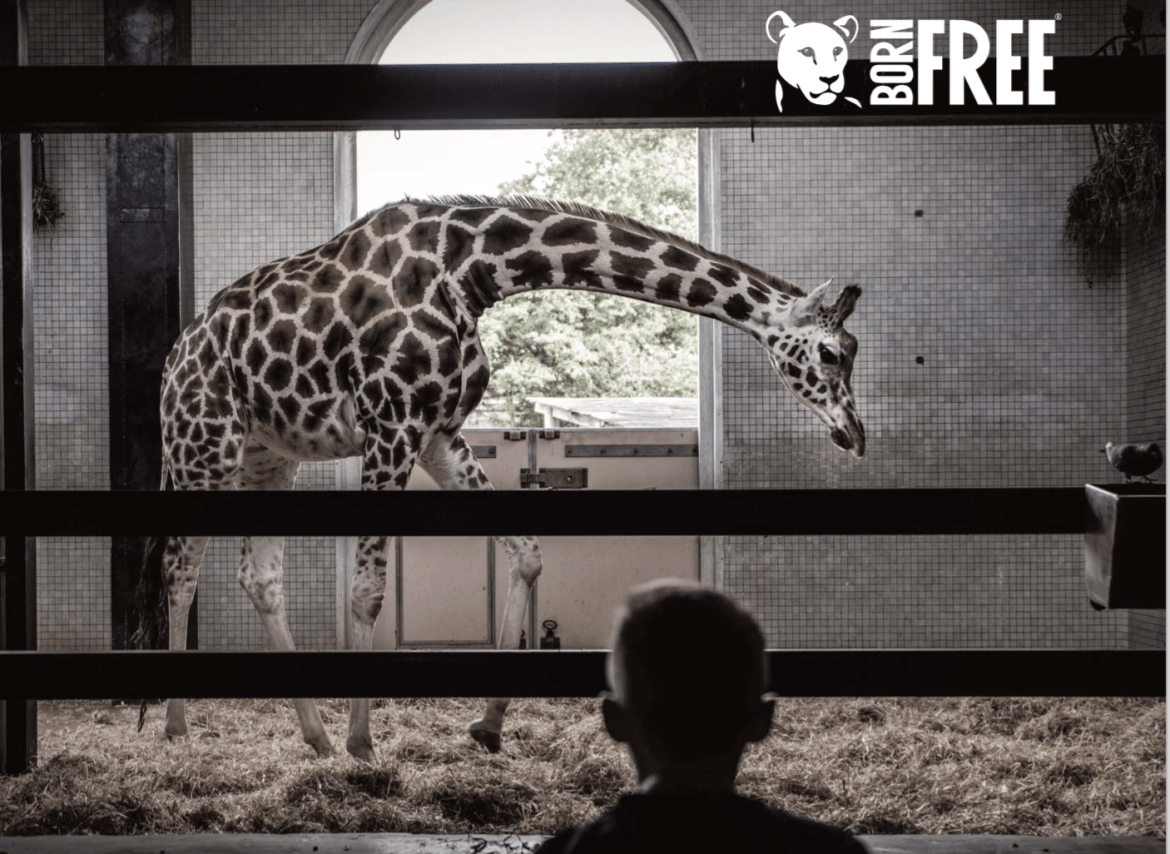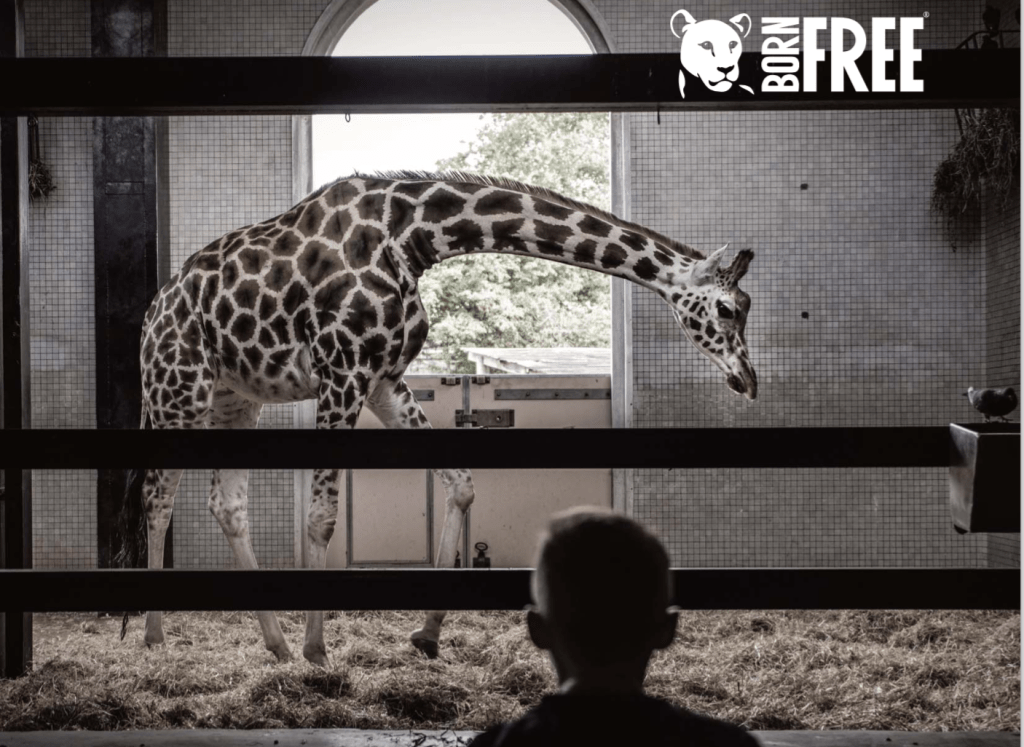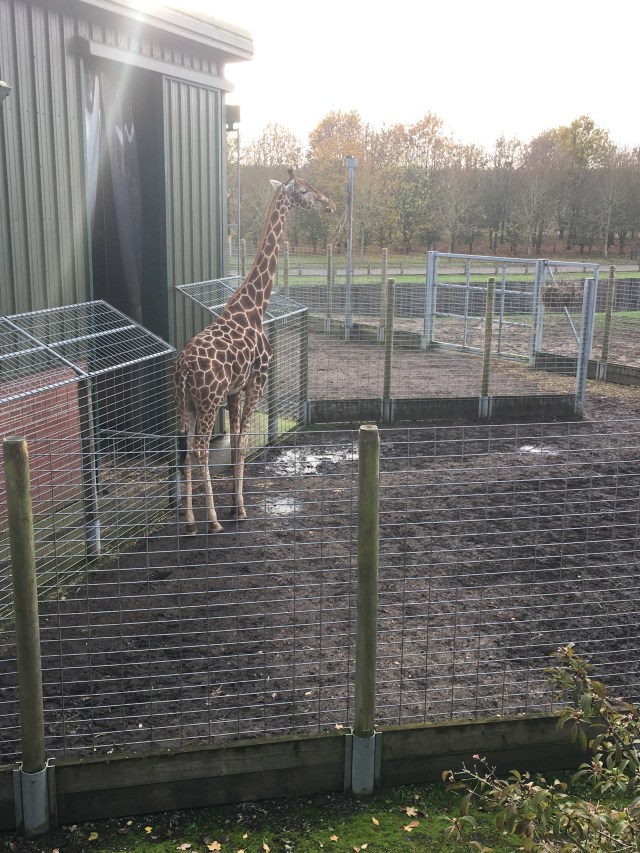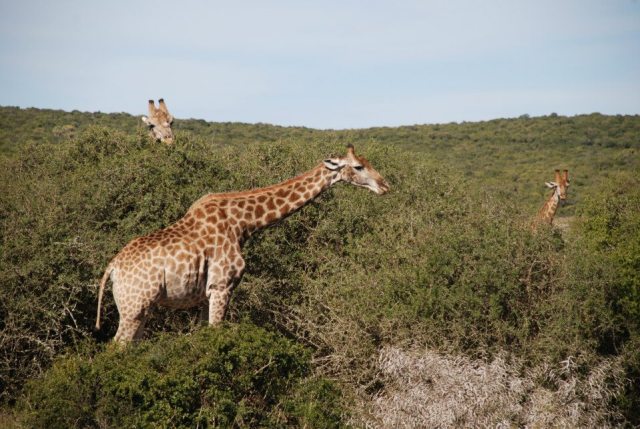
Seven years to this point this earlier week, a healthful, two-year-old giraffe typically often called Marius was butchered in entrance of crowds of zoo guests (together with an viewers of children) at Copenhagen Zoo.
Marius had been offered a spot at a Yorkshire Zoo, nonetheless had met his finish on a chilly pavement slab, his limbs eradicated in entrance of a crowd of vacationers and the juicy bits fed to the lions.
The zoo justified this motion of culling and public dissection, claiming his genes have been already represented contained in the captive giraffe inhabitants in Europe, and there was restricted house in the marketplace for youthful, male giraffe in zoos which have been members of the European Affiliation of Zoos and Aquaria (EAZA). Elements of his physique have been then fed to the zoo’s carnivores.
Remembering Marius 7 years on…
On the seventh anniversary of that appalling act, Born Free is asking for European zoos to phase-out the retaining of giraffe in captivity and as a substitute focus their conservation sources on the safety of giraffe populations contained in the wild.
Dr Stephanie Jayson, Wild Animal Welfare Info for Born Free, commented: “A zoo is not anywhere for giraffe, the place these superior, social, wide-ranging, buying animals are subjected to a lifetime of social deprivation, environmental restrictions and insufficient vitamin.
Because of this, giraffe in zoos recurrently endure compromised properly being and stereotypic behaviours. The ex situ administration of giraffe in European zoos considerably impacts the welfare of the person animals concerned, and has no clear place inside the entire conservation of the species.”
With an estimated captive inhabitants of higher than 800 giraffe in zoos all by way of Europe, together with over 150 contained in the UK, Born Free’s title stems from a mannequin new report compiled by the worldwide wildlife charity which highlights the detrimental bodily and psychological impact of captivity on giraffe.
Key abstract components present varied methods embody:
1. Social deprivation
Wild giraffe hold in superior societies. Females are terribly sociable, forming long-term relationships with utterly completely different females, together with creating nursery teams for his or her offspring.
In distinction, many giraffe in captivity don’t need the likelihood to sort superior societies due to restricted performance of zoos to accommodate enormous communities of giraffe in a diversified panorama. Varied zoos protect just one or two giraffe, together with Knowsley Safari Park, Noah’s Ark Zoo Farm, Twycross Zoo and ZSL London Zoo contained in the UK.
Choices for feminine giraffe to sort relationships with utterly completely different females are restricted. Varied European zoos, together with Dudley Zoological Gardens and ZSL London Zoo contained in the UK, protect merely two feminine giraffe, whereas some protect solely a single feminine.
2. Environmental restrictions
Wild giraffe spend roughly a 3rd of their day strolling, and their widespread house fluctuate measurement varies between 5 and 514 km2. I
n comparability, exterior enclosures in European zoos widespread spherical 2600 m2 (merely over one quarter of a hectare or virtually two thirds of an acre) – merely 0.0005-0.05% of the on a regular basis house fluctuate measurement of untamed giraffe.
Restricted house negatively impacts giraffe welfare and has been related to factors just like overgrown hooves and stereotypic pacing.
Add this to the temperate European native local weather, forcing giraffe to have their exterior entry restricted when exterior temperatures fall too low, and a widespread lack of environmental complexity.
Usually simplistic and naked, zoo enclosures for giraffe are incomparable to the African savanna and woodland habitats of wild giraffe.
3. Insufficient vitamin
Wild giraffe spend most of their day feeding on browse, predominantly the leaves and stems of timber and shrubs, together with smaller parts of climbers, herbs, flowers, fruits, and bark.
In European zoos, this isn’t potential. It is not doable to provide an unlimited quantity and number of browse so substitute meals objects must be offered, which may end up in compromised properly being and welfare.
Many dietary diseases have been reported in giraffe in European zoos and varied choices of the captive weight discount program, and its presentation, have been related to oral stereotypic behaviours.
Inappropriate meals objects just like cereal grain merchandise, fruit and greens are nonetheless being fed to giraffe in a whole lot of European zoos.
4. Compromised properly being
Giraffe in European zoos endure from pretty numerous captivity-associated properly being factors, together with dietary illness and lameness, and their longevity is decreased, with many failing to appreciate higher than 15 years of age.
One survey confirmed that 54% of giraffe teams in EAZA-member zoos reported a minimum of one case of overgrown hooves, laminitis, joint factors, or a combination of all three.
Inadequate put together, dietary imbalances, inappropriate enclosure substrates and trauma are thought to contribute to overgrown hooves, and suboptimal weight discount program is perhaps going a part contained in the progress of laminitis.
Giraffe in zoos furthermore sometimes endure from trauma, together with entrapment, entanglement, slips and falls, and all too generally this may be deadly.
5. Stereotypic behaviours
These repetitive behaviours seen in captive animals are induced by frustration, repeated makes an attempt to deal with, and/or central nervous system dysfunction, and have been linked with poor animal welfare.
Giraffe are weak to stereotypic behaviours in captivity, significantly oral stereotypic behaviours involving the tongue, and pacing.
It’s thought that they’ve developed behavioural disturbances in virtually each zoo and that giraffe and okapi collectively are the species with a really highly effective variety of animals affected by stereotypic behaviours contained in the world zoo animal inhabitants.
How may a captivity phase-out be achieved?
Dr Jayson continued: “A strategic and humane phase-out of giraffe in European zoos would require cautious planning.
An finish to breeding could very effectively be a serious step, as not along with to the captive inhabitants would recommend that, over time, as animals die ‘naturally’, the captive inhabitants would begin to shrink.
To bolster the welfare of giraffe remaining in captivity, social grouping, setting, vitamin, properly being and stereotypic behaviours of giraffe needs to be assessed at every zoo and modifications made to spice up the lives of express particular person animals.
The place related, this will more and more an increasing number of comprise consolidating animal collections to provide extra related social grouping and to accommodate remaining giraffe all by way of the largest, most superior environments potential.
Born Free is urging zoos to direct funding throughout the route of defending giraffe contained in the wild, as a substitute of spending cash on the continued breeding and progress of captive giraffe collections in Europe. Edinburgh Zoo has reportedly spent £2.7 million on a mannequin new giraffe enclosure.
Dr Nikki Tagg, Head of Conservation at Born Free, added: “Such monetary sources be bigger utilized to help wild giraffe conservation, securing and restoring giant landscapes and reversing habitat degradation, fragmentation, and loss.
“This diploma of funding may doubtlessly convey crucial advantages to wild giraffe, connecting and defending pure habitat in north Kenya, Somalia, and Tanzania, together with rising group consciousness and engagement, battle mitigation and anti-poaching efforts.”


